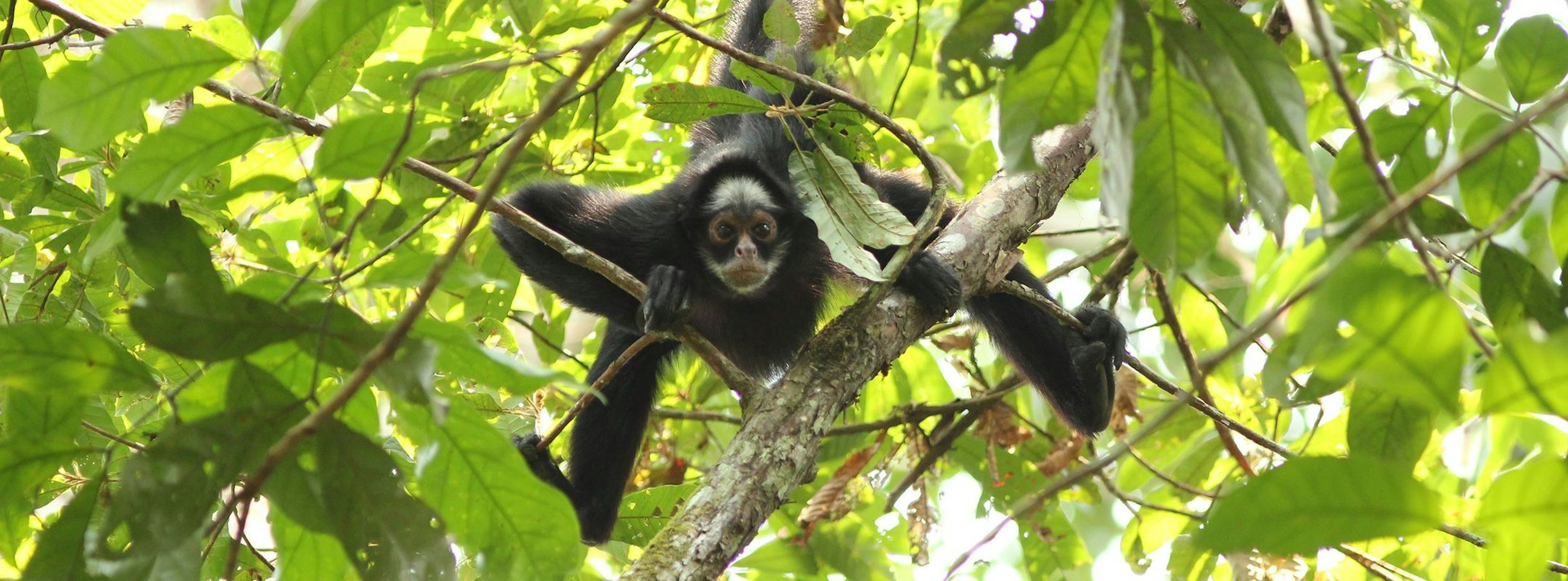Trase data can help tackle global extinction crisis
13 Sep 2020
6 min read
As shown on the BBC’s Extinction: The Facts, Trase is enabling targeted action that is making a real difference. Greater regulatory pressure and private sector leadership is now needed.

White-cheeked spider monkey, Brazil